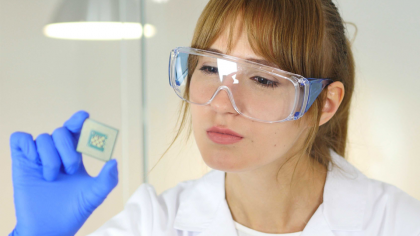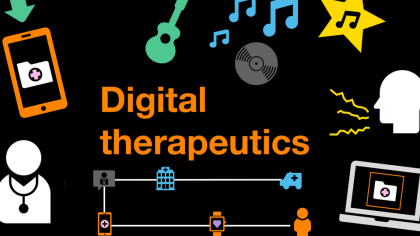“I lost track of time”: how we get caught up in digital applications?
• We’re spending more and more time on our smartphones, especially on apps like TikTok or Facebook. But do we really know how much time we’re spending on them?
• A study with several thousand participants explored why we tend to underestimate this time and the implications of this perception.
• Satisfaction decreases our ability to keep track of time; familiarity allows us to correct this.
Read the article
• A study with several thousand participants explored why we tend to underestimate this time and the implications of this perception.
• Satisfaction decreases our ability to keep track of time; familiarity allows us to correct this.


Algorithmic biases: neural networks are also influenced by hardware
Read the article
Video games : a study documents beneficial effects on mental health
Read the article
Bioelectronics: disease monitoring sensors that can be printed directly onto human skin
Read the article

Health: Jaide aims to reduce diagnostic errors with generative AI
Read the article
